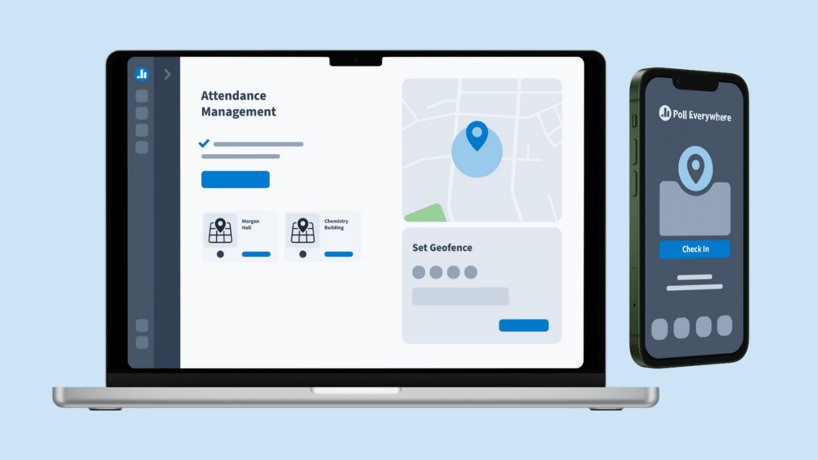
January 24, 2024 Product Updates
Introducing Attendance Management: Poll Everywhere’s Automated Attendance Feature
Poll Everywhere’s attendance tracking feature, Attendance Management, helps presenters streamline attendance taking and ensures participants stay engaged throughout the presentation through dynamic polling.
-

100+ History Quiz Questions for Educators
April 9, 2024 Education
History is not just about remembering random dates that go back in time. It’s about looking into...
Lynie Wong -
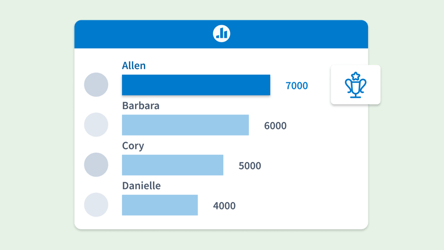
Game On: Build Connections with These 35 Team-Building Trivia Questions
April 2, 2024 Business
In 2023, only 33% of U.S. workers felt engaged, resulting in about $1.9 trillion in lost...
Lynie Wong -
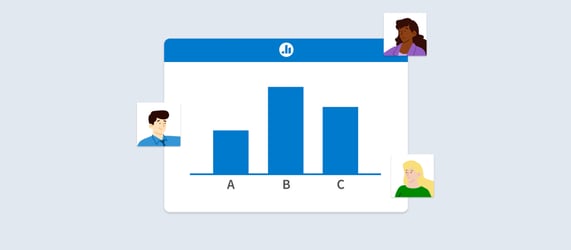
Achievement Tests: Definition, Types & Best Practices for Educators
March 26, 2024 Education
Achievement tests play a massive role in the education system. Many institutions use these tests to...
Lynie Wong -
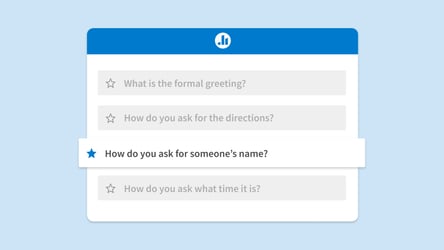
Open-Ended Questions for Students: How to Craft Them (20+ Examples)
March 19, 2024 Education
As an educator, your main responsibility is to instill critical thinking skills in your students.
Lynie Wong -
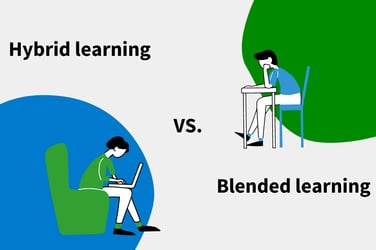
Hybrid Learning vs. Blended Learning: Which Fits Your Classroom Needs?
March 14, 2024 Education
College classrooms may look different today, but this new normal comes with a range of benefits.
Lynie Wong -
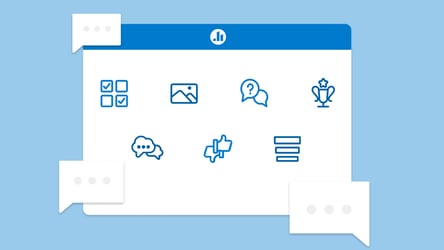
How to Make Online Learning More Engaging for Higher Ed Students
March 13, 2024 Education
While online learning is convenient and accessible, it’s difficult to keep students engaged....
 Poll Everywhere
Poll Everywhere